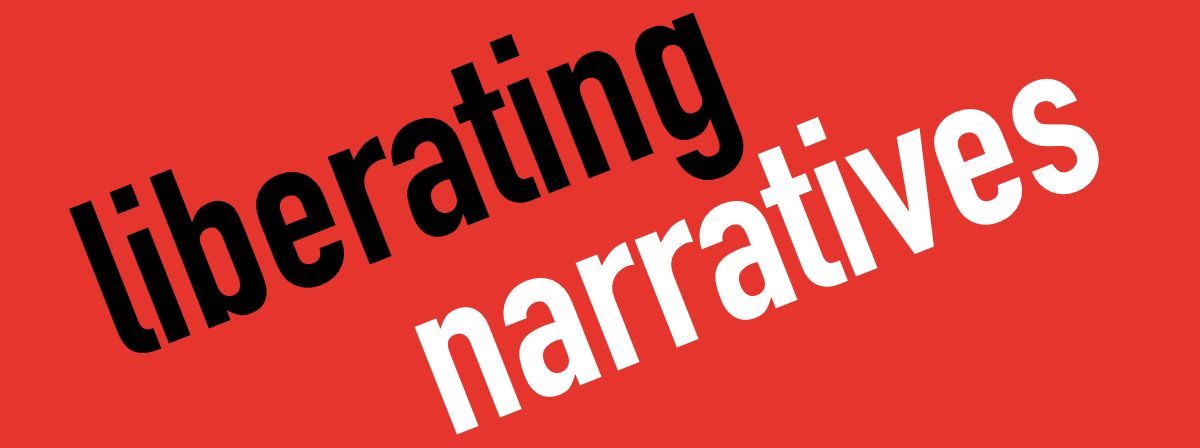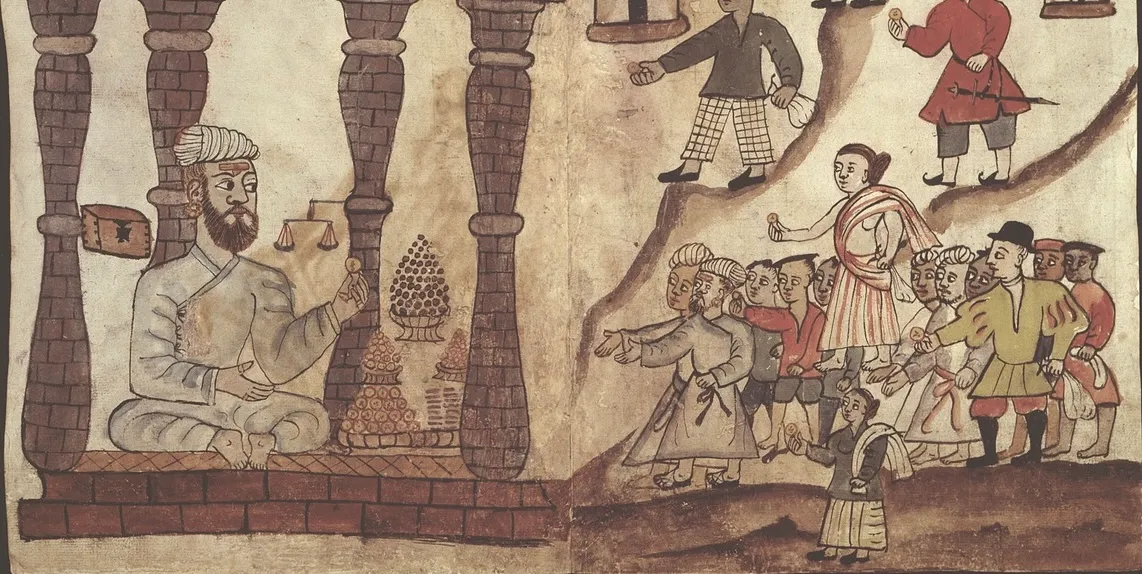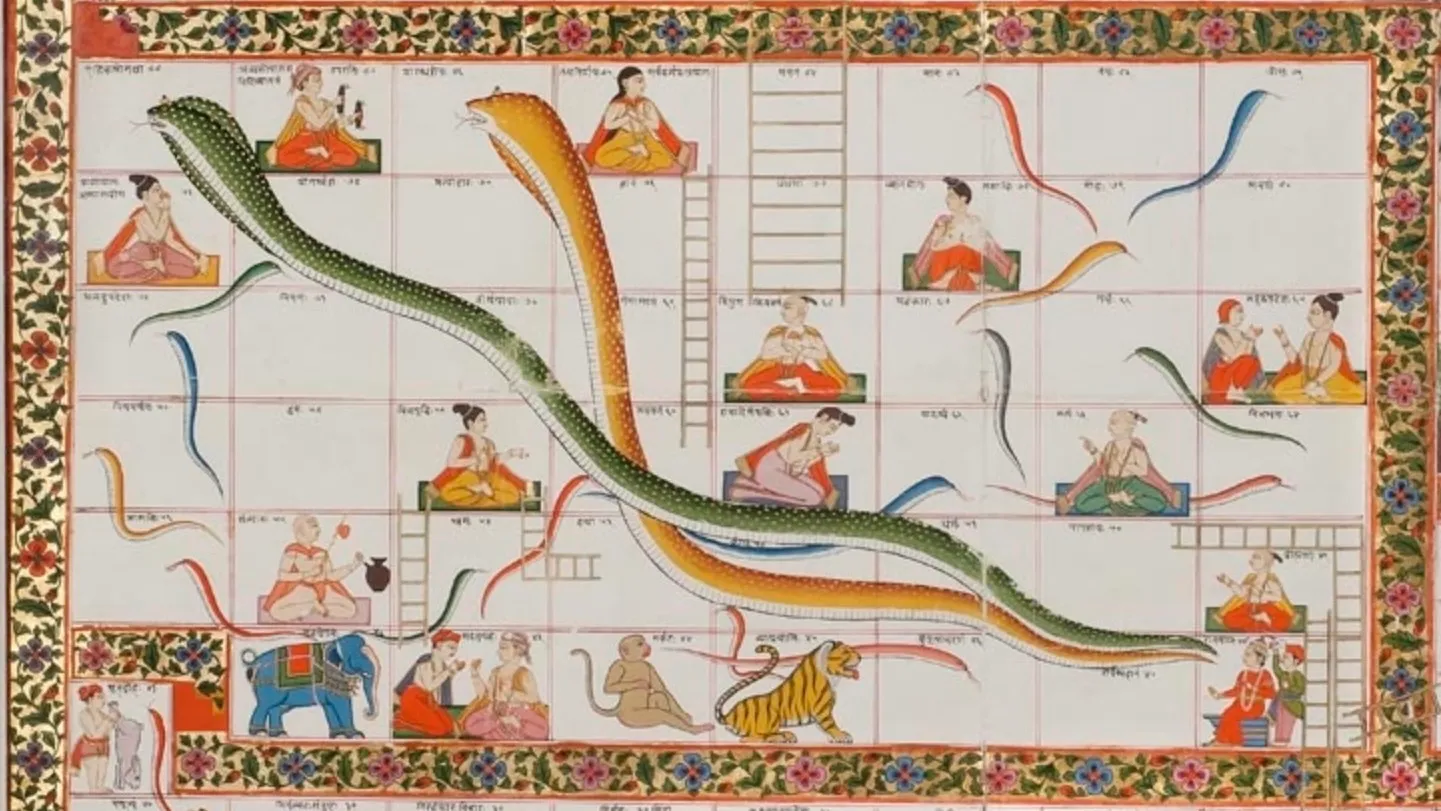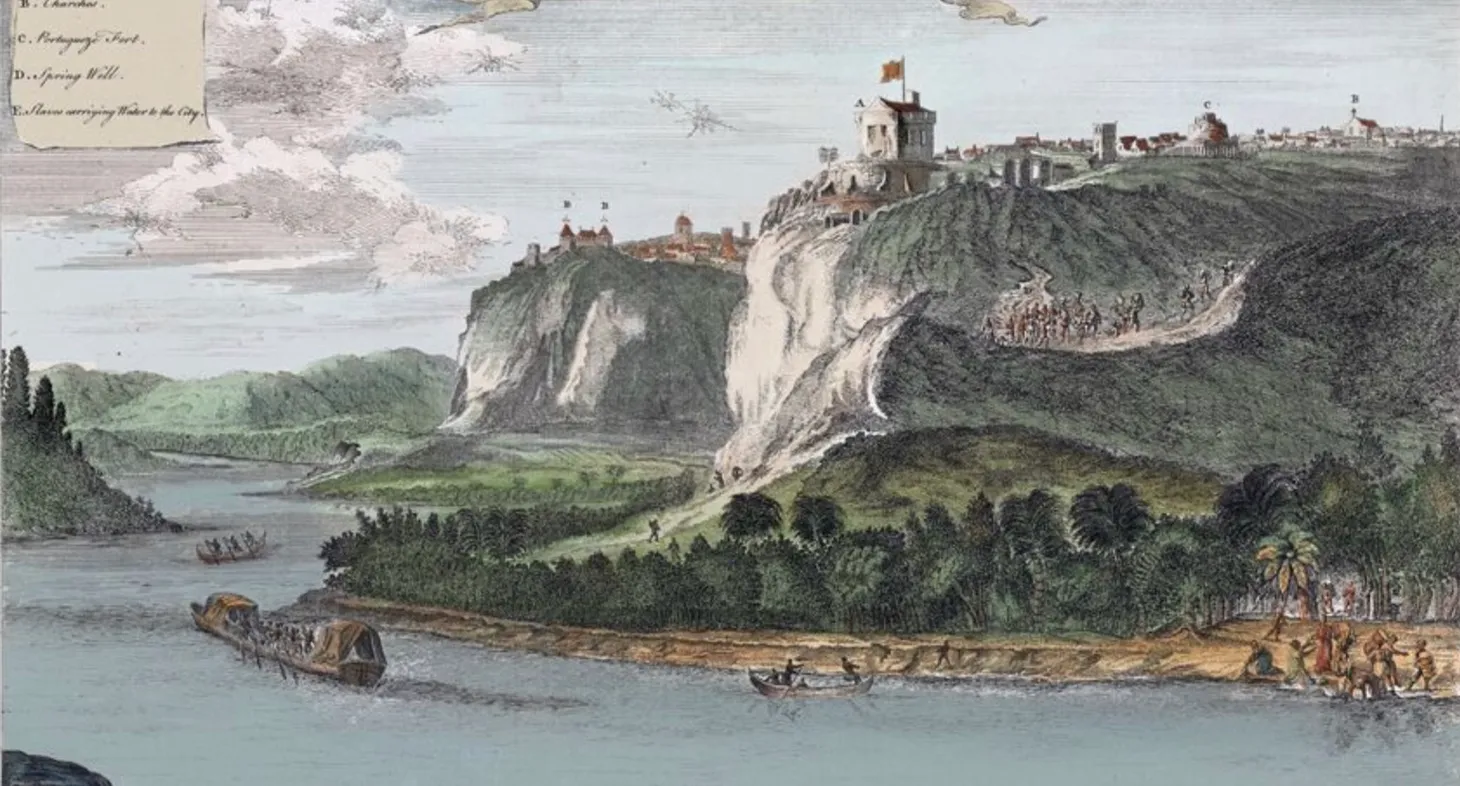“One of the Most Important Ports of the South Sea”: Acapulco as the Unlikely Entrepôt
Discussion of how to teach the marginalized communities of Acapulco involved in the global silver trade
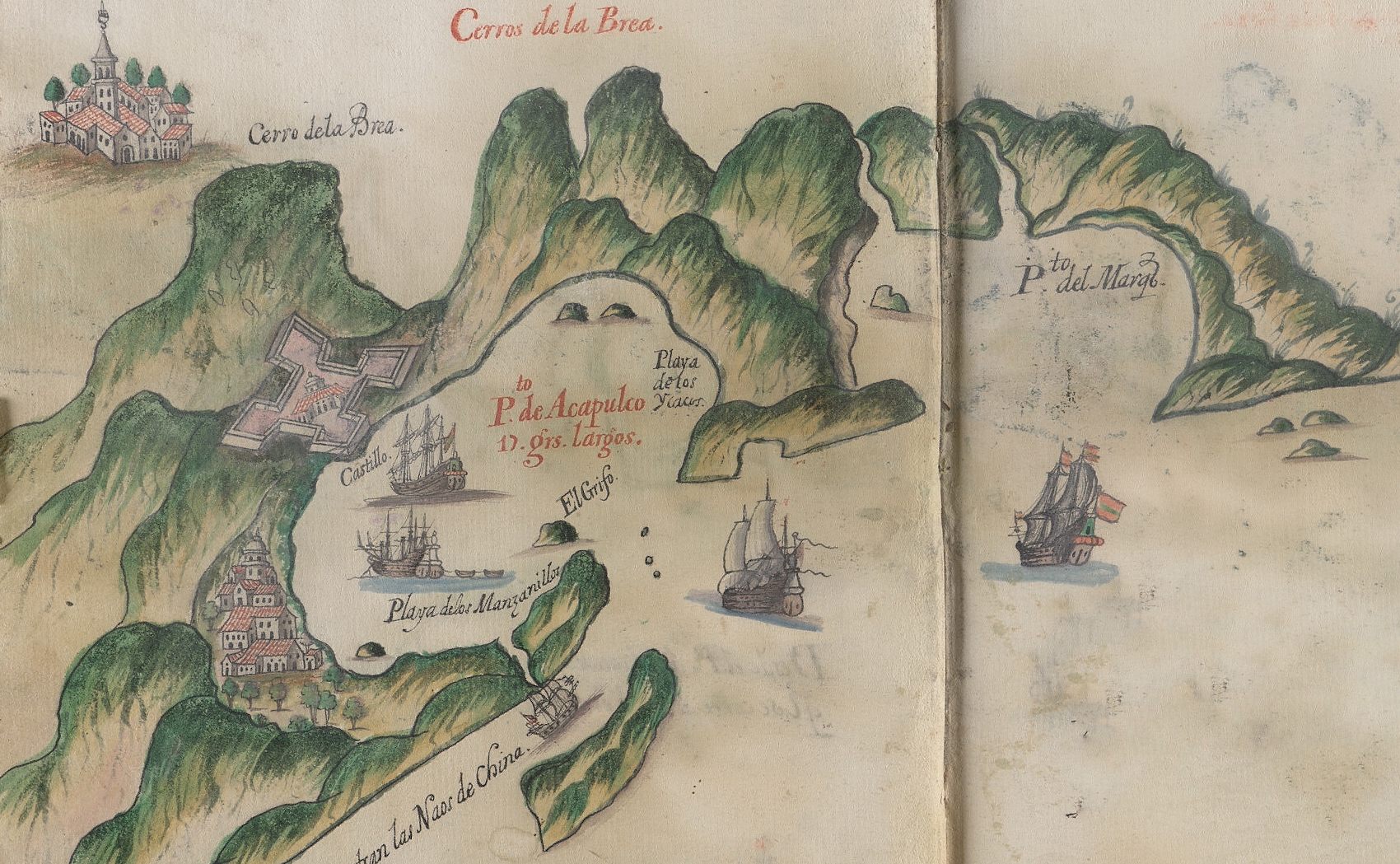
Twenty-five years ago, I first read about the Manila galleons and the silver trade. I remember being surprised by the mention of Acapulco. Growing up in the 1980s with a mother who worked in the travel industry, Acapulco was a beach resort Americans went to in the winter. It was a place my mother wanted to visit. Looking at the mention of Acapulco in the textbook, it was hard to imagine that city as a global trade hub. That image of Acapulco as a beach resort was confirmed a few years ago when Apple TV premiered a show about a resort in Acapulco in the 1980s. (Guilty acknowledgment: My wife and I love the show.)

The city of Acapulco doesn’t get much attention in textbooks discussing the Manila galleons and the trans-Pacific trade. It’s simply the port through which American silver and Asian goods passed. But what was happening in Acapulco during the sixteenth and seventeenth centuries? In the first post of this series on early modern Pacific trade, I discussed how Acapulco was the main port through which enslaved Asians were brought to the Americas. In this post, I will circle back to Acapulco and discuss how this relatively isolated village functioned as a major node of early modern global trade and the diverse people who made the trans-Pacific trade possible.
The City Almost Nobody Loved
This content is for Paid Members
Unlock full access to Liberating Narratives and see the entire library of members-only content.
SubscribeAlready have an account? Log in
